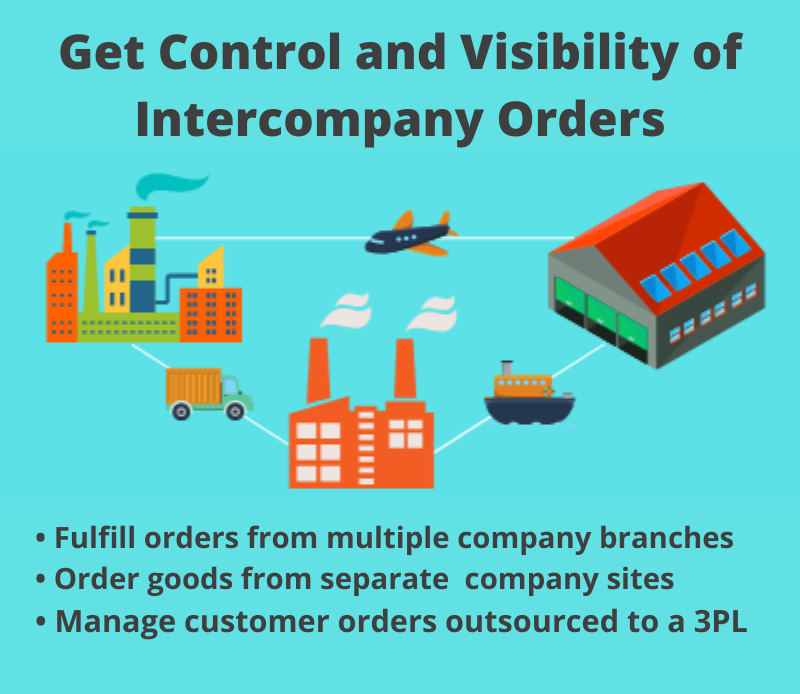Do you use Supplementary Analysis Fields (SAF codes) to analyze transactions? If you don’t, find out how they can help your Chart of Accounts work harder for you.
QAD provides standard general ledger data, such as account, cost center, and project codes, to define your organization’s Chart of Accounts. QAD also offers optional Supplementary Analysis Fields (SAF codes) that allow you to create detailed views of data to analyze a single account in many ways. A carefully planned set of SAF structures avoids setting up separate COA elements for individual reporting.
In this webinar, Don Lindsey reveals the basic GL, Sub-Account, Cost Center and Project functionality in QAD and provides details on setting up SAF codes and how to use them to report financial activity. Don covers the following:
| • The purchasing cycle overview • Data Structures • Chart of Accounts & COA Mask • Daybooks • Accounting Layer |
• Centralized vs. Decentralized Purchasing • Calendars • GL Allocations & Transactions • SAF Setup |
|
|
Questions from the webinar





